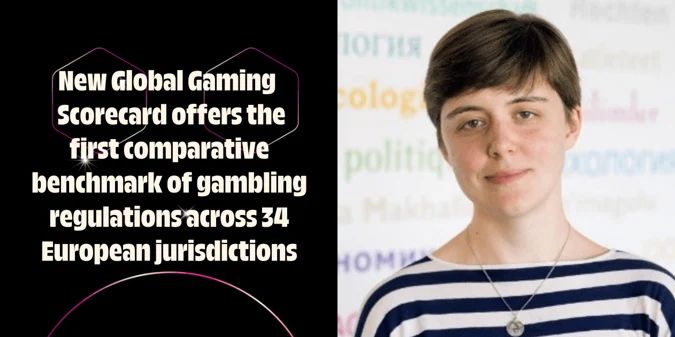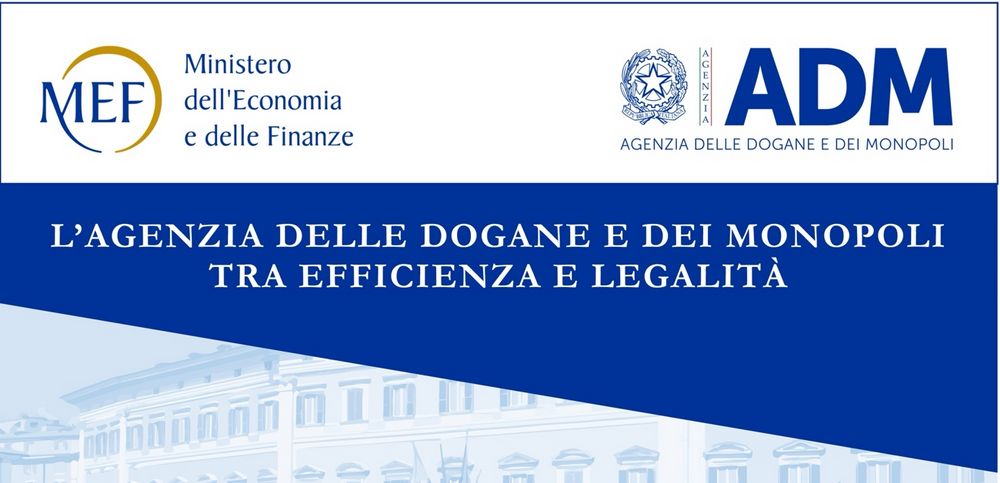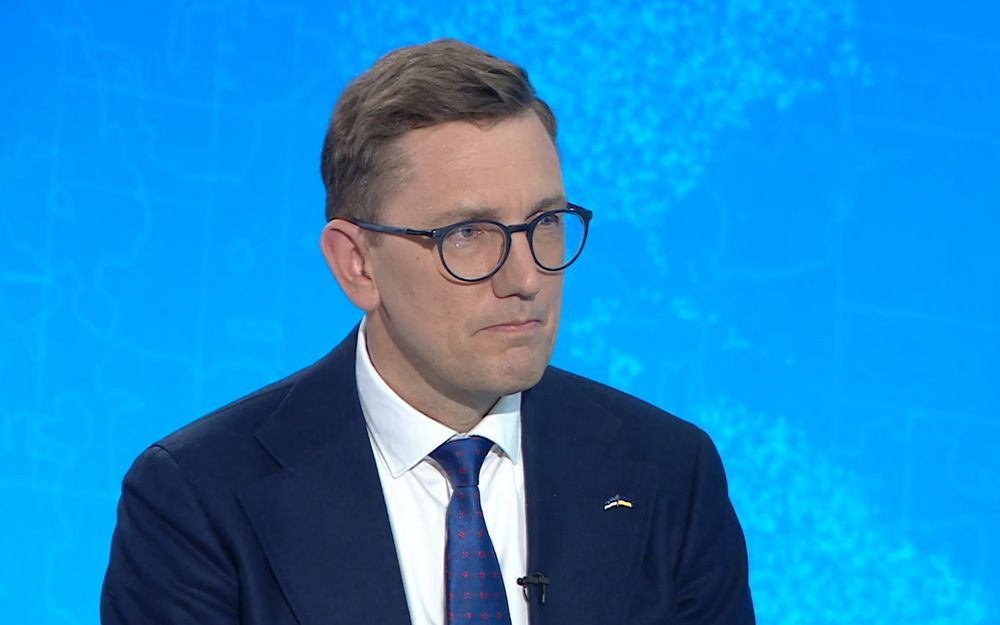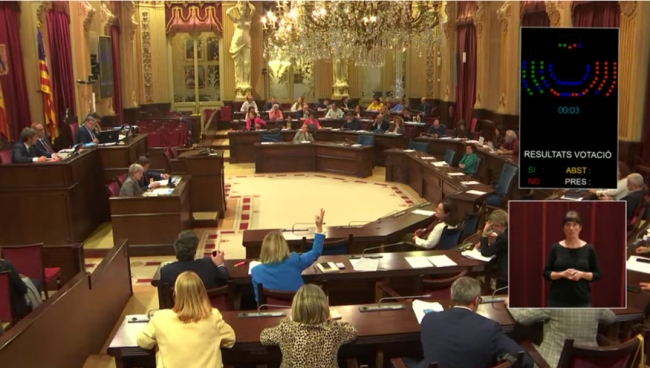The problem gambling rate, which has remained stable at the lowest of margins for some four years, has dipped again to return to its record low level of 0.2 percent during 2022 – and all at a time when players continue to make their way back to high street gaming post-Covid.
According to the Gambling Commission’s quarterly telephone survey, 3.2 percent of respondents had played a fruit or slot machine in the last four weeks, clawing its way up by 2 percent on 2021 – a year heavily affected by the pandemic. Participation in AGCs, casinos and pubs, however, is still a fraction point below pre-Covid levels, which stood at 4.2 percent for 2019.
As players continue to return to retail gaming at their favorite AGC, bingo hall and pub, the Gambling Commission has reported that the problem gambling rate returned to 0.2 percent by the end of 2022 – equaling the lowest level ever recorded.
The latest official figures on gaming participation reflect a sector still in recovery, but more importantly as the government finalizes its White Paper, firmly on the offensive against problem gambling.
While lockdowns and uncertainty prevented players from enjoying their favourite games for almost two years, 2022 saw the relaxation of restrictions, and as such, a return towards normality.
Retail gambling, excluding the National Lottery, sits at 19.2 percent participation for the year, up from 17.2 percent during 2021, but still much lower than in 2019, when participation was 24.3 percent. Nonetheless, players are slowly returning to pre-Covid behaviour, which should mean the continuation of increasing participation at high street gaming venues in the next few sets of Gambling Commission surveys.
“The overall participation in any gambling activity in the last four weeks is statistically stable at 44 percent compared to year to December 2021. Despite showing signs of recovery, participation rates haven’t yet returned to pre-Covid-19 levels,” said the Commission’s report.
“The data also shows that participation rates appear to be bouncing back after the pandemic for activities such as fruit and slots machines, virtual gaming machines in bookmakers, dog races, virtual dog and horse races and casino games.”
But, as this bounce-back continues, the problem gambling rates have gone the other way returning to a record low of 0.2 percent, down from 0.3 percent in the last survey. This is the result of the industry’s continued focus on social responsibility, the highest standard of which can be found in AGCs and bingo halls on Britain’s high streets, where highly trained staff are always on hand if any issues should arise. It’s this fullhearted approach to responsible gambling – now spreading to the rest of the industry – that has seen the problem gambling rate reach stability at its lowest ever level.
And it’s a constant that the Commission referenced in its overview: “In the year to December 2022, the overall problem gambling rate is statistically stable at 0.2 percent, compared to year to December 2021. The low risk rate is also statistically stable at 1.7 percent.”
As usual, there was the warning from the regulator, this time in the arena of moderate risk players where there has been a rise from 0.8 percent in December 2021 to 1.3 one year later.
But, the recent consistency of messaging from the regulator – that there is no gambling epidemic – is certainly borne out by the trends in the Commission’s latest survey – albeit not just this year, but for the four-to-five years prior.
“Clear indication” that current measures are working says Bacta
Bacta CEO John White believes the record low problem gambling levels are proof that the industry’s current approach to social responsibility is the right one.

White also credited the Commission and the third sector for its contributions, which along with the industry’s own efforts have reduced the problem gambling rate to a wafer thin 0.2 percent.
“I am pleased that problem gambling levels continue at this historically low level,” he said. “It is a clear indication that the measures that industry, the Commission and third sector have taken have resulted in a meaningful difference to those experiencing gambling related harm as well as those at risk. It is important at this stage to take a good look at what has worked and what hasn’t so we can do more of the former. We look forward to continuing our relationship with all stakeholders to ensure that, even with the low stake low prize products Bacta members offer, we do all we can to reduce risks to the lowest possible level.”
Ahead of the upcoming White Paper on gambling, many in the low stake sector will be hoping that the government can now address the 99.8 percent of gamblers who don’t have a problem – other than their experience being stifled by outdated regulations and stagnant stakes and prizes.
Proof that prohibitionists “vastly overstate the issue”
Betting and Gaming Council CEO Michael Dugher has called for a focus on “the vast majority who bet safely” in response to the record low problem gambling rate.
He believes the 0.2 percent rate is proof that prohibitionists “vastly overstate the issue”, calling on the government to take this evidence into the upcoming review. “These newly released figures are further evidence of the positive progress we have made on safer gambling and underline our urgent calls for ministers to take a genuinely evidence-based approach to the upcoming white paper,” he said.
These figures showing that problem gambling has fallen once again will no doubt come as a profound disappointment to anti-gambling prohibitionists, who like to vastly overstate the issue.
“Their alarmist demands are not backed up by the evidence. We want big changes, but they must be focused on this small minority who are vulnerable to harm – not the vast majority who bet safely and responsibly. We need a risk-based approach which helps the vulnerable, not ruins the experience for the responsible majority.”
















































